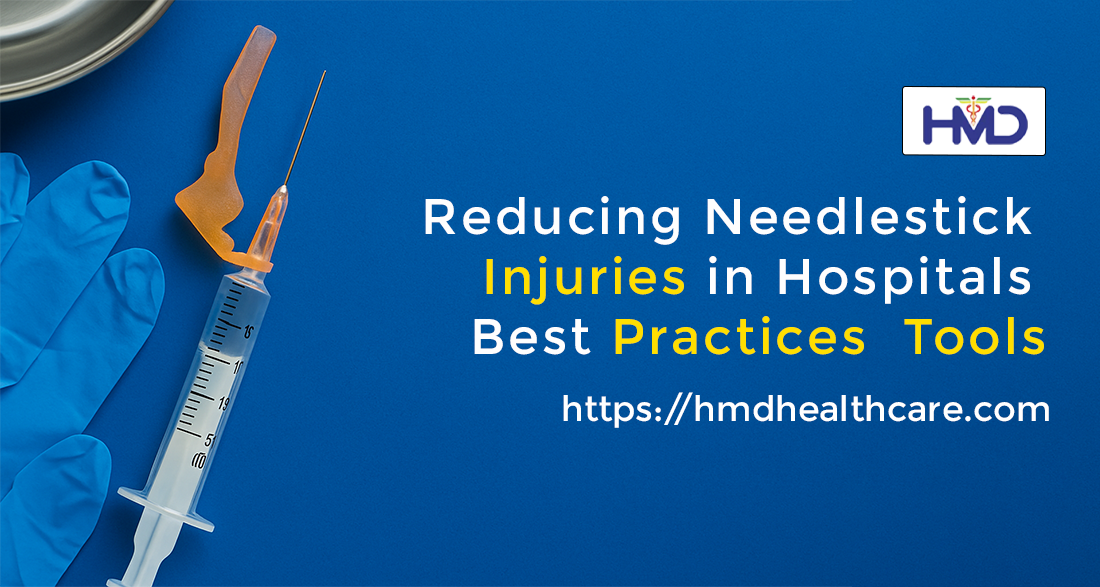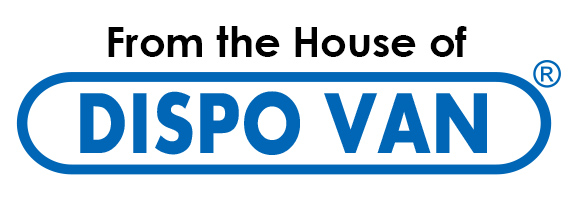

Needlestick injuries (NSIs) are among the most frequent occupational hazards in hospitals. Such incidents expose healthcare professionals to hazardous blood-borne infections, cause mental trauma, and result in costly follow-ups and loss of workdays.
By adopting evidence-based best practices and using advanced safety tools, hospitals can significantly reduce NSIs, ensuring safer conditions for both employees and patients.
Understanding the Risk
Most NSIs occur during blood extraction, medication administration vaccination, and needle disposal. Common causes include:
- Recapping needles after use
- Ineffective or poorly placed sharps containers
- Shortage of safety-engineered devices
- Fatigue or reduced alertness under pressure
Preventive Best Practices for NSIs
- Use Safety-Engineered Devices
Switch to safety syringes, safety I.V cannulas and safety blood collection system like the Dispojekt, Cathy plus and Vaku-8 Plus, which has in-built safety systems that activate immediately after use, preventing exposure to the needle.
- Eliminate Recapping
Recapping is one of the major causes of NSIs. Hospitals should enforce strict “no-recapping” policies and provide safe alternatives for needle handling.
- Ensure Proper Sharps Disposal
Place puncture-proof sharps containers close to the point of use. This prevents healthcare workers from carrying needles across rooms, reducing the risk of injury.
- Provide Regular Staff Training
Even the best tools are ineffective without proper usage. Continuous training should cover:
- Safe device handling
- Emergency protocols after NSI incidents
- Updates on new safety technologies
- Promote a Safety-First Culture
Encourage non-punitive NSI reporting. This helps identify risk-prone areas and improve safety measures over time.
Essential Tools for NSI Prevention
- Safety Needles & safety Blood Collection Devices: Push-button devices like Vaku-8 Plus protect both patients and healthcare workers.
- Sharps Disposal Units: Clearly marked, strategically placed containers reduce accidental exposure.
- Hands-Free Passing Trays: In surgical settings, these reduce the risk of hand-to-hand injuries.
Monitoring & Continuous Improvement
Hospitals should:
- Track NSI incidents through centralized reporting
- Analyze trends and take corrective measures
- Conduct periodic safety audits to ensure compliance and identify hazards
Reducing NSIs requires integrated efforts—implementing safety-engineered devices, enforcing smart policies, providing continuous training, and fostering a safety-first culture.
By doing so, healthcare facilities protect their staff and uphold the highest standards of patient care.

